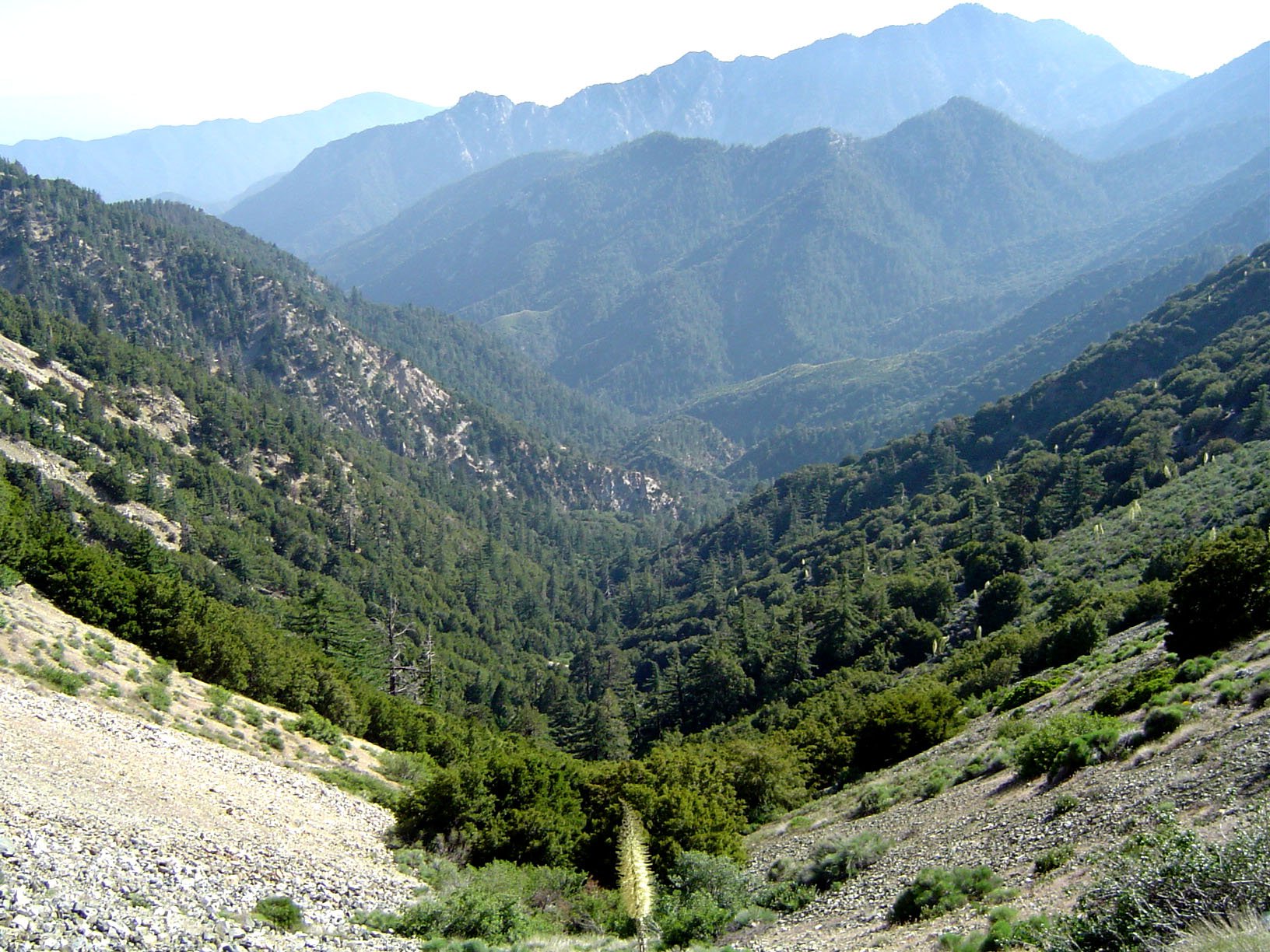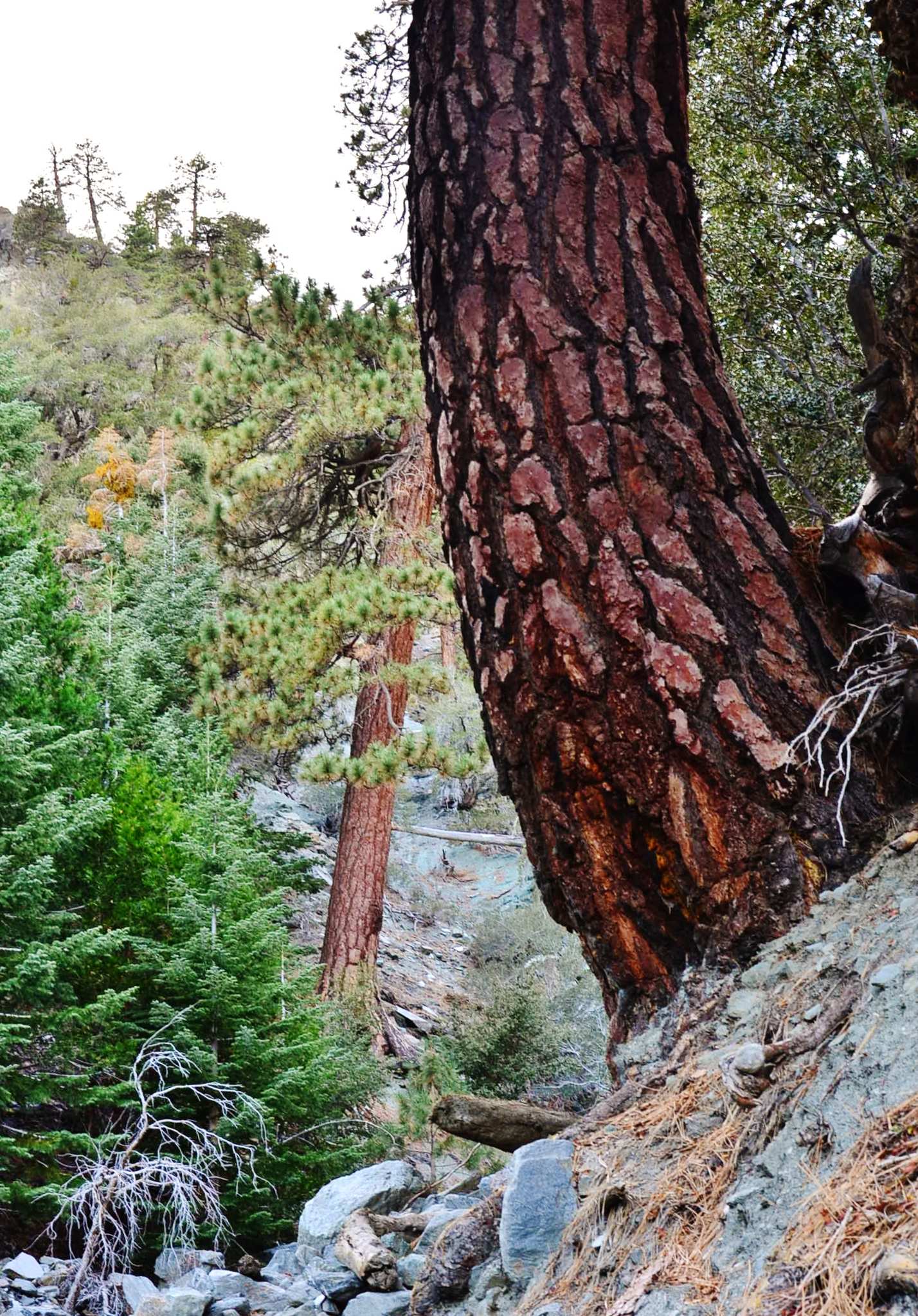Angeles National Forest offers diverse rock climbing opportunities, from beginner-friendly routes to challenging ascents. The forest’s varied terrain includes granite formations, volcanic rock surfaces, and unique geological features. Popular climbing areas include Echo Cliffs, Malibu Creek State Park, and Stoney Point. With proper preparation and safety measures, climbers can enjoy scenic views and thrilling experiences in this Southern California wilderness.
What Are the Top Rock Climbing Destinations in Angeles National Forest?

Angeles National Forest boasts several prime rock climbing locations, each offering unique challenges and experiences. Here are some of the most popular spots:
- Echo Cliffs – Topanga State Park
- Location: Technically in Topanga State Park, but associated with the Los Angeles climbing scene
- Difficulty: Routes range from 5.7 to 5.12D
- Features: Vertical and overhanging climbs, pockets and holds, schist rock formations
- Approximately 200 routes available
-
Coastal views and a moderate 1.3-mile approach hike
-
Malibu Creek State Park
- Location: Santa Monica Mountains
- Difficulty: Routes from 5.5 to 5.14
- Features: Volcanic rock surfaces, steep inclines, pocketed textures
-
Notable area: Planet of the Apes Wall (60-foot toproping, featured in films and TV)
-
Stoney Point
- Location: Chatsworth, California
- Difficulty: Various routes, generally easier to moderate
- Features: Out-and-back trails, lower elevation rocks, scenic views
-
Ideal for practice and accessible climbing
-
Horse Flats Campground
- Location: About 30 miles from Los Angeles
- Difficulty: Beginner-friendly routes
-
Features: Granite formations, rustic campsites, tranquil environment
-
Sugarloaf and Ontario Peak via Falling Rock Canyon
- Location: Angeles National Forest
- Difficulty: Moderate to challenging
- Features: Scenic views, varied climbing challenges along the hiking trail
What Are the Best Bouldering Spots in Angeles National Forest?

For those who prefer bouldering, Angeles National Forest offers several excellent locations:
- Stoney Point
- Types of Problems: V0 to V5
- Features: Lower elevation rocks, well-marked trails
-
Hazards: Local wildlife, loose rocks, uneven terrain
-
Devil’s Punchbowl
- Types of Problems: V0 to V8
- Features: White sandstone slabs, vertical rock walls up to 300 feet
-
Hazards: Martian-like landscape, loose rocks, steep drops
-
Horse Flats Campground
- Types of Problems: V0 to V5
- Features: Granite formations, rustic campsites
- Hazards: Uneven terrain, loose rocks
What Safety Regulations Should Climbers Follow in Angeles National Forest?
Safety is paramount when rock climbing in Angeles National Forest. Here are essential regulations and recommendations:
Required Gear
- Climbing shoes
- Harness
- Rope
- Carabiners
- Appropriate protection gear
- Helmets (highly recommended)
Recommended Practices
- Check weather and trail conditions before climbing
- Inspect and properly use all climbing gear
- Climb within your ability level
- Consider guided tours or climbing partners for added safety
- Follow Leave No Trace principles
Emergency Contact Information
- Angeles National Forest Ranger Station: (626) 574-1613
- Emergency Services: 911
Always check the official Angeles National Forest website or contact the ranger station for recent safety advisories or incidents.
How Can Climbers Obtain Permits for Angeles National Forest?
While day-use permits are generally not required for climbing in Angeles National Forest, there are some exceptions:
- Overnight camping may require a permit
- Wilderness zones might need a free permit (obtainable at ranger stations or online)
- Some campsites, like Horse Flats Campground, may require reservations and fees
Seasonal Restrictions and Quotas
- Check the official website for seasonal restrictions, especially during fire season
- Some areas may have quotas for overnight camping or group sizes
What Are Some Tips for Beginner Rock Climbers in Angeles National Forest?
If you’re new to rock climbing in Angeles National Forest, consider these tips:
- Start with easier routes at locations like Horse Flats Campground or Stoney Point
- Take a guided tour or climbing class to learn proper techniques and safety measures
- Invest in quality gear and learn how to use it properly
- Always climb with a partner or group for added safety
- Respect the environment and follow Leave No Trace principles
- Gradually progress to more challenging routes as you gain experience and confidence
How Does the Climate Affect Rock Climbing in Angeles National Forest?
The climate in Angeles National Forest can significantly impact rock climbing conditions:
| Season | Temperature Range | Climbing Conditions |
|---|---|---|
| Spring | 50°F – 70°F | Ideal, but can be rainy |
| Summer | 70°F – 90°F+ | Hot, early morning climbs recommended |
| Fall | 50°F – 70°F | Excellent conditions, popular season |
| Winter | 30°F – 50°F | Cold, potential snow at higher elevations |
Always check weather forecasts and be prepared for sudden changes in conditions, especially at higher elevations.
What Are Some Unique Geological Features for Climbers in Angeles National Forest?
Angeles National Forest offers a variety of geological features that make for interesting climbing experiences:
- Schist formations at Echo Cliffs, providing unique holds and textures
- Volcanic rock surfaces in Malibu Creek State Park, offering steep inclines and pocketed textures
- Granite formations at Horse Flats Campground, shaped by millions of years of geological activity
- Sandstone slabs at Devil’s Punchbowl, creating a Martian-like landscape
- Varied rock types along the Sugarloaf and Ontario Peak trail, offering diverse climbing challenges
These geological features not only provide exciting climbing opportunities but also offer insights into the region’s rich geological history.
By following safety guidelines, respecting the environment, and choosing appropriate routes, climbers of all levels can enjoy the diverse and challenging rock climbing experiences that Angeles National Forest has to offer.

